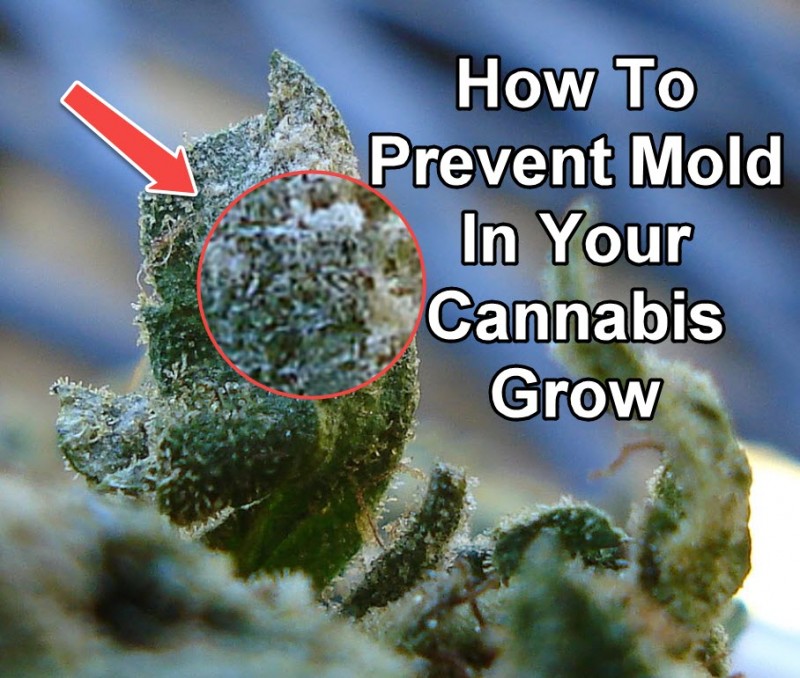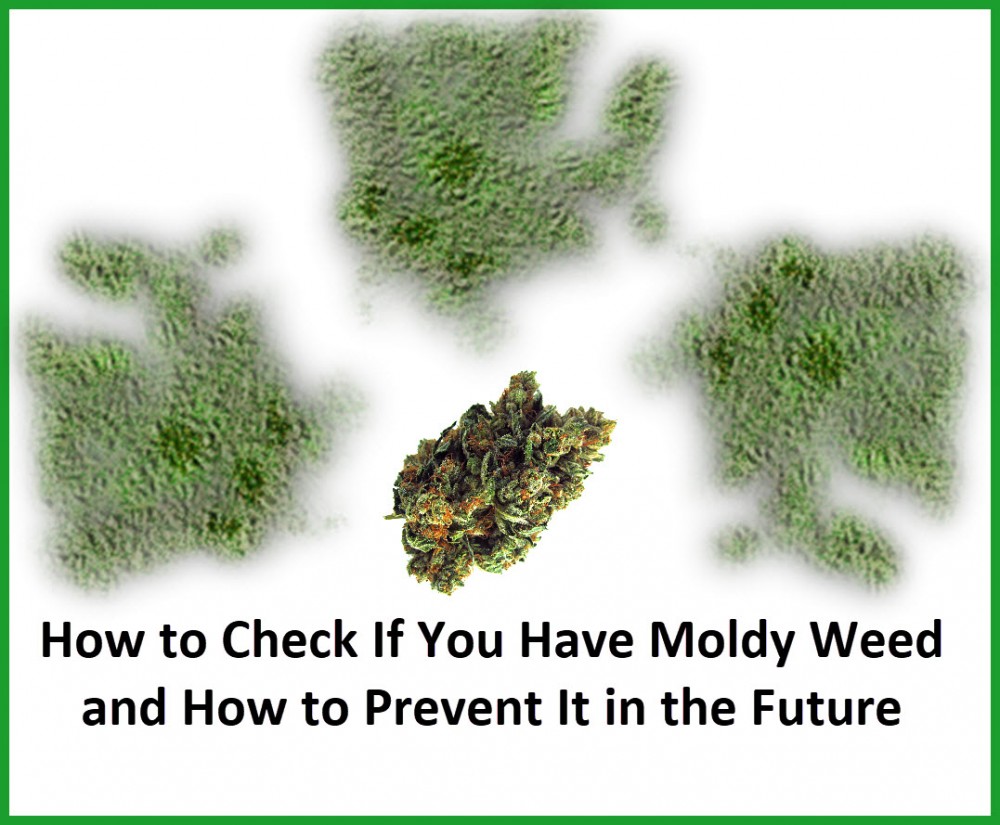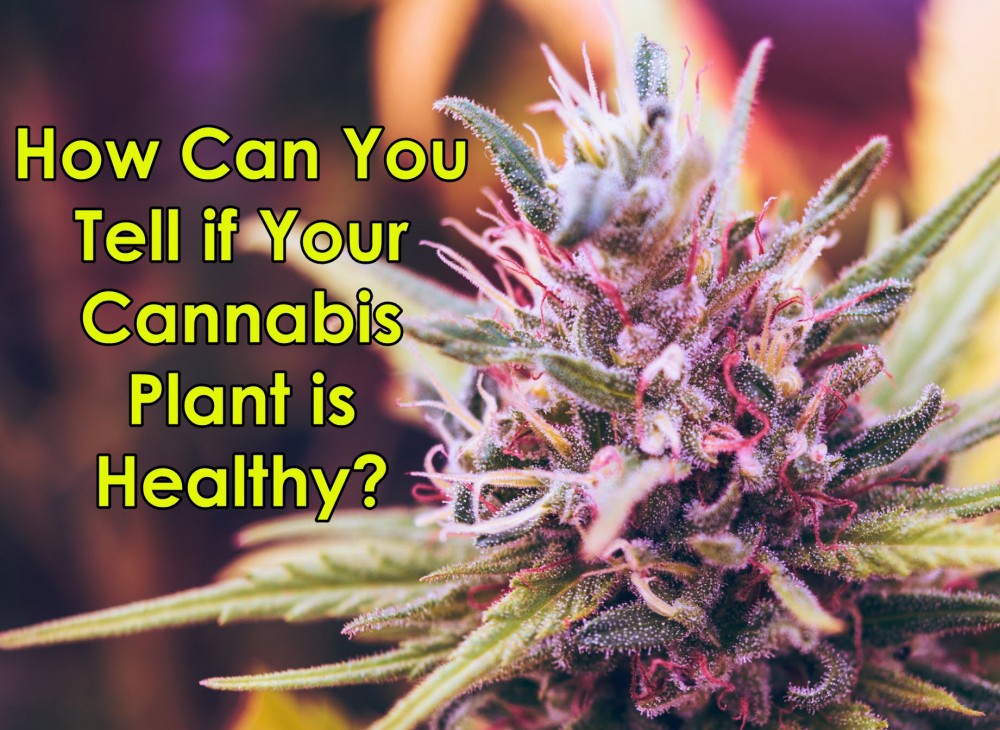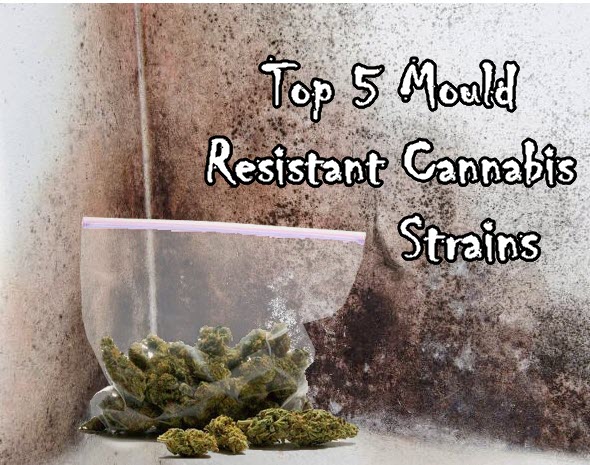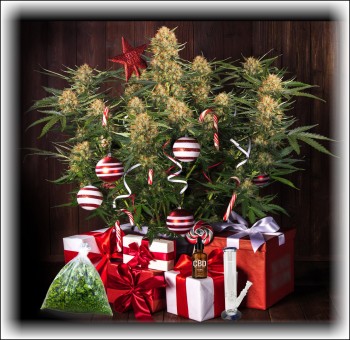How To Prevent Mold In Your Cannabis Grow
How Can You Prevent Mold on Your Cannabis Plants? from CannabisNet on Vimeo.
Mold and bud rot are serious problems for a cannabis grower. Learning how to identify and treat these issues will help you ensure a healthy yield.
There are different kinds of mold that can infect cannabis plants. However, bud rot and powdery mildew are the two most common. They can affect both indoor and outdoor grows, as well as other species of plants aside from cannabis.
Bud Rot
Bud rot, also known as botrytis, affects the base of the stem and then spreads outwards. For this reason, bud rot is usually tough to diagnose early unless you do a close inspection of your plants. The symptoms of bud rot are typically noticed when the kola’s small leaves start to dry, wither, or suffer from discoloration. If it seems like your leaves turned yellow overnight, this is also another symptom of bud rot. White, grey, or blue-green fluff may also begin to appear among the buds. In low humidity, the fluff may result in a completely dried out bud which can crumble even with the gentlest touch. On the other hand, high humidity may cause the fluff to become a decomposing sludge.
In the advanced stages of bud rot, a few black dots may appear in the mold. These black dots are spores created by the bud rot, a sign that it’s multiplying and spreading to other parts of the cannabis plant. Even a gentle breeze can transport the spores – wear a face mask to do the clean up as soon as you find spores because breathing them in can have harmful consequences to your health.
Bud rot may also infect the entire young plant, leaves, and stems, although these incidences are less common.
Treatment: A biological spray such as Serenade helps get rid of bud rot until harvest. However, it won’t completely get rid of it. Make sure that any infected plants are transferred into a room with low humidity to prevent its spread.
Powdery Mildew
Powdery mildew is white and looks like a thin layer of powder. In its early stages, powdery mildew appears on the leaves of the cannabis plant, but in advanced stages infects the whole plant.
The presence of white powdery mildew prevents photosynthesis which causes the plants to die from an absence of energy. The leaves will turn yellow, shrivel up, then turn brown and die off. Powdery mildew is challenging to spot early on unless you keep a close eye, but oftentimes it’s easy enough to spot small bumps on infected leaves. In some cases, powdery mildew appears as though someone seems to have dusted the leaves of your cannabis plant with flour. Just like bud rot, powdery mildew also produces tiny black spores once it’s in the advanced stages which can be transported by air to nearby plants.
Treatment: In its early stages, powdery mildew is easier to treat. Simply remove the infected leaves and transfer the plant into a warm room with low humidity. Spray the infected plant with a safe, natural fungicide that will, hopefully, prevent the infection from spreading. This should be the last resort as any fungicide will have an effect on the quality of your bud during harvest, altering the aroma, taste, and quality.
How To Prevent Bud Rot and Powdery Mildew
Temperature: Avoid letting your cannabis plants get cold. Grow room temperatures that are warmer than 20C can prevent fungus spores from spreading.
Air circulation: It’s critical that there is always air circulating throughout, especially in the buds and leaves. The most effective way of doing this is to always have an exhaust fan venting out the humid air then replacing the air with fresh air. This may require some thought and planning on your part.
Defoliating bushy plants: If your cannabis plants are extremely bushy and you’re having a difficult time keeping humidity down, the process of defoliating or removing leaves from the bottom and middle of the plant can help. The presence of each new leaf adds moisture, but removing leaves reduces humidity around the plant. Remember, if a leaf isn’t getting light, it’s only sucking energy around the plant so you’re much better off getting rid of the excess leaves to reduce humidity.
Keep an eye out on your fattest kolas: Bud rot usually affects the thickest, longest, and most dense kolas.
Avoid high humidity and wetness: Never let your cannabis plants sit in extremely humid conditions for too long. If it rains, cover the plants and if they’re wet, shake the water off. Bud rot, like other kinds of fungus, will thrive and germinate in wet places.
Eliminate the affected buds right away: Don’t wait any longer – just remove all the buds that have been affected by bud rot and powdery mildew. This is extremely important if you don’t want to lose the entire harvest. Never ever let any affected plant touch other parts of your plant because it can spread mold spores further in the blink of an eye.
OTHER STORIES YOU MAY ENJOY..
HOW TO TELL IF YOUR WEED HAS MOLD AND HOW TO FIX IT!
OR...
HAVE YOU BEEN SMOKING MOLDY WEED, CLICK HERE.
OR..
ALLERGIC TO MARIJUANA, CLICK HERE.
OR..
HOW HEALTHY IS YOUR CANNABIS PLANT, READ THIS.
